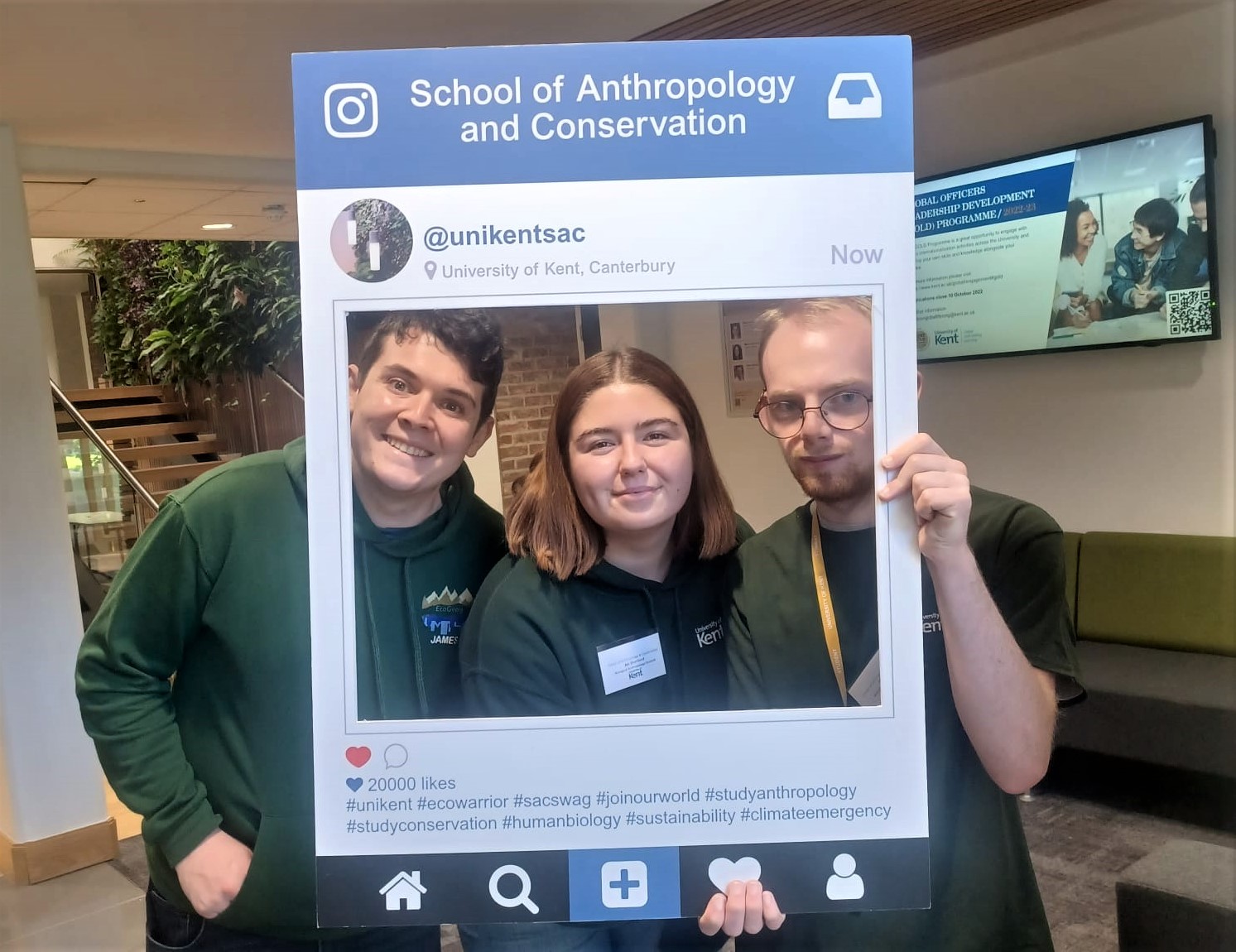James Bonthron, Wildlife Conservation student and Climate Correspondent for Kent student paper InQuire, writes about taking a year in journalism in his second year.
‘Ready, steady, aim, click. Such actions may be feared in conservation, but in journalism they’re more than expected; they’re essential.
Hunting for a story is much like searching for a wild animal- you have to get a scent and follow it. Local knowledge is essential. Your trophy in the case of journalism is an original story, rather than a mounted zebra head or equivalent. While suggesting a newsroom is analogous to a hunting lodge would be inaccurate, it is true that conservation and journalism have a lot in common.
Before doing the Year In Journalism, however, I had no real idea about what journalism was or what a piece was usually made up of. I quickly learned that news was really anything that was, well, new.
A basic article consists of two interviews, usually with differing views, and you take a few photos of the people/area or shoot some footage (unless it’s a radio piece, of course). What’s so exciting about that is the freedom.
Journalism these days has a very bad rap, we all know that journalists can be vultures, but the Year In Journalism would allow for a student to do all required pieces on vultures (if they wanted).Being a nature-obsessed WildCon student, my portfolio consisted almost entirely of stories about nature reserves. I had the advantage, armed with some basic knowledge of the reserve and already knowing some of the reserve staff.
This meant that one day I could be trudging through marshland, lugging fence posts and picking nails, and the next I could be relaxing with the flowers in a wildlife garden. While gardening may not sound thrilling to the average student, the nature of the Diploma meant that we had to create a feature based on three or more interviews.I decided to go for a pop-aesthetic (claiming the life of one of my cameras in the process). While shovelling sand is hardly exciting, there is something extremely wholesome in seeing the incredible amount of volunteer work done by retirees in so many places.
The Year In Journalism was a fantastic, practical experience which both increased my interviewing skills and helped me to gain a better perspective on how conservation is done around Kent (though that’s just where I’m based, there are no limits except time).
Possibly the best thing of all was the Diploma which all enrolled students get to be examined once for free (though individual re-sits probably won’t break the bank).
‘To conservationists, people are the main cause of problems. To journalists, people are the solution.’
This change in perspective has dramatically changed how I see things, and I’ve written for the university newspaper regularly about climate issues ever since. I think it’s safe to say that I would recommend the Year In Journalism to any 2nd or 3rd year student (or the newer Year In T.V.).’
James Bonthron is studying for a BSc (Hons) in Wildlife Conservation with a Year in Journalism
Check out one of his published pieces in local paper The Isle of Thanet News here.

